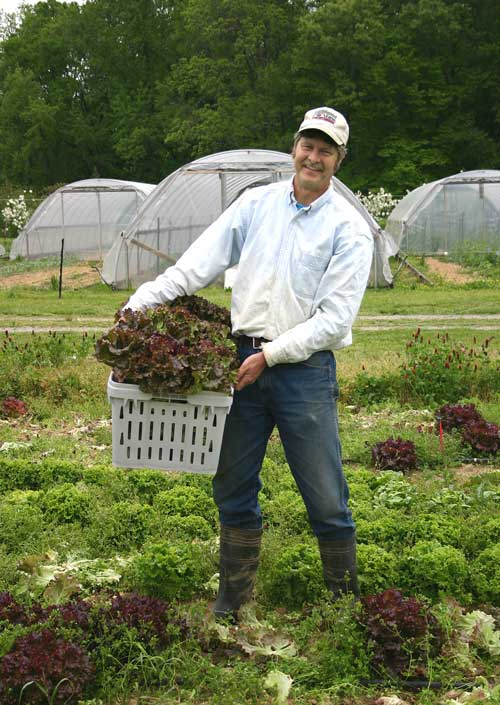Sea Island Red Peas growing on the Georgia coast, May 2015. These peas are seeded and harvested by hand.
Over the last couple of weeks, I've been working with a farm in the Georgia Lowcountry to create a detailed enterprise budget for Sea Island Red Peas. The farmer has been producing this specialty heirloom crop for several years. Demand, particularly among chefs, is still on the rise. Although sales have been steady, the farmer requested some diagnostic financial tools to assess whether he was pricing his crop accurately and--frankly--whether production, post-harvest processing, and marketing were really worth his time. Outside of some tillage work, most of the operation is performed by hand, which, over the long term, carries an unacceptable level of risk in taking the crop from seed to market. Hopefully, the new enterprise budget will give the farmer a lens to analyze his operation, help him see what constellation of yield volume, cost, price, and labor points would suggest purchasing machinery, and support his case when it's time to go before a lender.
This particular enterprise budget cannot be published because it is sensitive and proprietary. Keeping it private protects the farmer's opportunity cost to grow a finicky crop in a challenging and often extreme environment.
However, universities and nonprofits across the country do excellent work publishing an array of enterprise budgets, preparing farmers to make informed decisions before planting and after final sales. Below are several good enterprise budgets for Southern field peas. I will also link back to this page in Resources.





